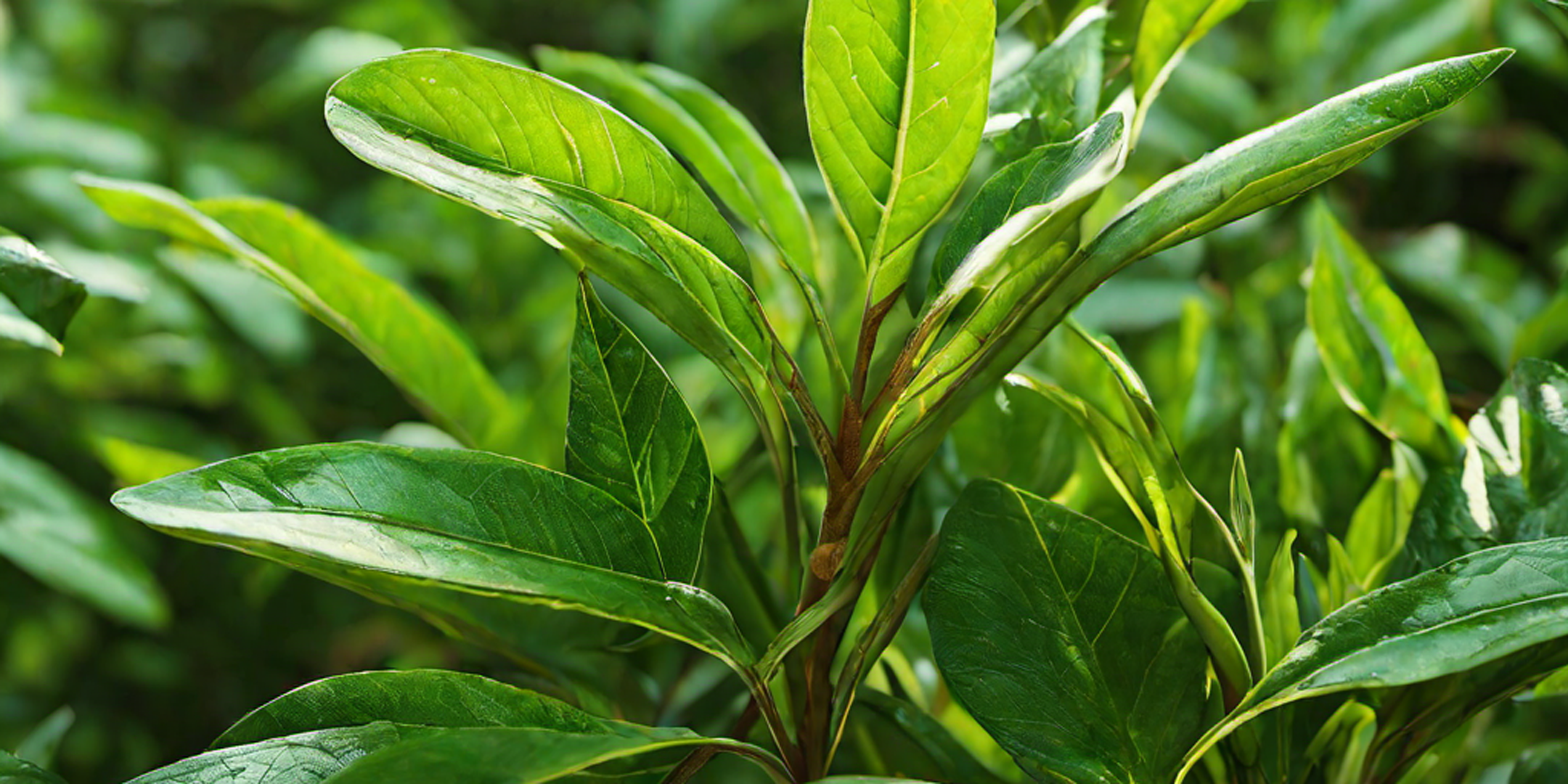1. Introduction:
Compost tea is often hailed as a "magical elixir" for plants, providing a rich and nutrient-dense fertilizer that helps improve soil health and promote vigorous plant growth. It is a liquid extract made from compost that is brewed using specific techniques and ingredients. Compost tea is an organic and sustainable solution for gardeners and farmers who want to boost the health and productivity of their plants without relying on synthetic fertilizers and harmful chemicals. In this article, we will explore the process of making compost tea at home, the benefits it offers to plants, and how to use it effectively in your garden or farm.
2. What is compost tea and why is it beneficial for plants?
Compost tea is a liquid fertilizer made from steeping compost in water. It contains a wide range of beneficial microorganisms, nutrients, and organic matter that are essential for plant health and growth. When applied to plants, compost tea enriches the soil, improves nutrient uptake, and enhances the overall vitality of plants.
The benefits of compost tea are numerous. Firstly, it suppresses plant diseases by introducing beneficial bacteria and fungi that outcompete harmful pathogens. Secondly, it enhances soil structure by increasing microbial activity, leading to improved drainage and aeration. Thirdly, compost tea boosts plant growth and productivity by providing a balanced blend of essential nutrients in an easily absorbable form.
Using compost tea in your garden or farm promotes sustainable and organic gardening practices. It eliminates the need for synthetic fertilizers and reduces your reliance on harmful chemicals that can harm the environment and beneficial organisms. Embracing this natural elixir will result in healthier plants, a more vibrant garden, and a greener planet.
3. Understanding the ingredients and tools for making compost tea
To make compost tea, you will need a few key ingredients and tools. Let's start with the ingredients. The primary ingredient is, of course, compost. It's important to use quality compost that is fully decomposed and free from any contaminants. You can either make your own compost or purchase it from a trusted source.
In addition to compost, you will need water. Use chlorine-free water, as chlorine can kill the beneficial microorganisms in the compost. If your tap water contains chlorine, let it sit for 24 hours to allow the chlorine to evaporate.
Next, you will need a food source for the microorganisms in the compost. This can be in the form of molasses, fish hydrolysate, or humic acid. These ingredients provide the necessary energy for the microorganisms to multiply and thrive.
Now let's talk about the tools you'll need. A large container with a lid is essential for brewing the compost tea. Make sure it is clean and free from any residues that could contaminate the tea. You will also need an aquarium air pump and airstone to provide oxygen to the tea during the brewing process.
In the next section, we will delve into the step-by-step process of making compost tea so you can start benefiting your plants and the environment. Stay tuned!
4. Step-by-step guide to making compost tea
Now that we have all the necessary ingredients and tools, let's dive into the step-by-step process of making compost tea. Follow these instructions carefully to ensure a successful brew:
Step 1: Fill the container with water - Fill your container with chlorine-free water, leaving about two to three inches of headspace at the top. Remember, chlorine can harm the beneficial microorganisms in the compost, so make sure to use treated water.
Step 2: Add the compost - Add a generous amount of quality compost to the container. Aim for about one part compost to five parts water. The more compost you use, the stronger the tea will be. Stir gently to ensure the compost is fully submerged.
Step 3: Add the food source - Now it's time to add the food source for the microorganisms. You can use molasses, fish hydrolysate, or humic acid. Start with one tablespoon of your chosen food source per gallon of water and mix it well.
Step 4: Brew the tea - Securely attach the aquarium air pump to the container and place the airstone in the water. This will provide oxygen to the tea, helping the microorganisms thrive. Let the tea brew for 24 to 48 hours, stirring occasionally.
Step 5: Strain the tea - After the brewing period, it's time to strain the tea. Use a fine mesh or cheesecloth to remove any larger particles and ensure a smooth tea. Pour the filtered tea into a separate container, ready to be used on your plants.
Congratulations! You have successfully brewed compost tea, a powerful elixir for your plants. In the next section, we'll explore the various ways you can use compost tea to boost the health and vitality of your garden. Stay tuned for more tips and tricks!
5. The benefits of using compost tea on plants
In the previous section, we discussed the step-by-step process of making compost tea. Now that you have your brewed tea ready, it’s time to explore the benefits of using compost tea on plants.
- Nutrient-rich fertilizer: Compost tea is a natural and nutrient-rich fertilizer, providing plants with essential minerals and nutrients. When you feed your plants with compost tea, it helps improve their overall health and growth.
- Disease prevention: The beneficial microorganisms present in compost tea help suppress harmful pathogens and diseases that can affect your plants. By regularly applying compost tea to your garden, you can provide your plants with an extra layer of protection.
- Enhanced soil structure: Compost tea can improve the soil structure by increasing its water-holding capacity and promoting aeration. This allows plants to absorb water and nutrients more effectively, leading to healthier root systems and improved plant growth.
- Increased microbial activity: Applying compost tea to the soil stimulates the growth of beneficial microorganisms. These microorganisms break down organic matter in the soil and release nutrients, making them readily available for plants to absorb.
By using compost tea as a regular part of your gardening routine, you can enjoy the numerous benefits it offers. In the next section, we will discuss some specific techniques for applying compost tea to your plants for optimal results. Stay tuned!
6. Tips and tricks for using compost tea effectively
In the next section, we will dive into some tips and tricks for using compost tea effectively on your plants. Here are some guidelines to help you achieve optimal results:
- Dilute the tea: Before applying compost tea to your plants, make sure to dilute it with water. The general rule of thumb is to mix one part compost tea with three parts water. This will prevent any potential burning or nutrient overload on your plants.
- Use a sprayer: To evenly distribute the compost tea, consider using a sprayer. This will ensure that your plants receive an equal amount of nutrients and microorganisms.
- Apply during the right time: Apply compost tea during the early morning or late afternoon when the temperature is cooler. This will allow the microorganisms in the tea to establish themselves before the heat of the day.
- Apply regularly: For best results, apply compost tea on a regular basis. Aim for once every two weeks during the growing season to provide a consistent supply of nutrients to your plants.
By following these tips, you can maximize the benefits of compost tea and promote the health and growth of your plants. In the following section, we will address some common misconceptions and answer frequently asked questions about compost tea. Stay tuned for more information!
7. Best practices for storing and using compost tea
In this section, we will explore the best practices for storing and using compost tea to ensure its effectiveness and longevity.
Storing Compost Tea:
- Use it fresh: Compost tea is most potent when used immediately after brewing. However, if you need to store it, make sure to use it within 24 to 48 hours to prevent the growth of harmful bacteria.
- Keep it aerated: Compost tea needs oxygen to maintain beneficial microbial activity. Store it in a container with an aeration system, such as an aquarium pump, to keep the microorganisms thriving.
- Store in a cool, dark place: Heat and sunlight can degrade the quality of compost tea. Store it in a cool, dark place, such as a basement or garage, to maintain its potency.
Using Compost Tea:
- Apply to the root zone: When applying compost tea, direct it towards the root zone of your plants to ensure maximum absorption of nutrients and microorganisms.
- Avoid over-application: While compost tea is beneficial, applying too much can lead to nutrient imbalances or excessive microbial activity. Use it sparingly and follow the recommended dilution ratios.
- Alternate with water: It's a good practice to alternate between watering with compost tea and plain water. This helps prevent nutrient buildup and allows plants to absorb nutrients more effectively.
By following these storage and usage practices, you can ensure that your compost tea remains effective and beneficial for your plants.
8. Conclusion: Harnessing the power of compost tea for healthier plants
In this blog section, we explored the best practices for storing and using compost tea to ensure its effectiveness and longevity. By following these guidelines, you can make the most out of your compost tea and provide optimal nutrition to your plants.
Storing compost tea correctly, such as using it fresh or within 24 to 48 hours, maintaining aeration, and storing it in a cool, dark place, will help preserve its potency. When using compost tea, remember to apply it to the root zone of your plants for maximum absorption and avoid over-application to prevent nutrient imbalances.
Additionally, alternating between compost tea and plain water during watering sessions can help prevent nutrient buildup and improve nutrient absorption.
In the next section, we will dispel common myths surrounding compost tea and provide answers to frequently asked questions. Join us as we further explore the benefits and debunk the misconceptions surrounding this powerful elixir for plants.




